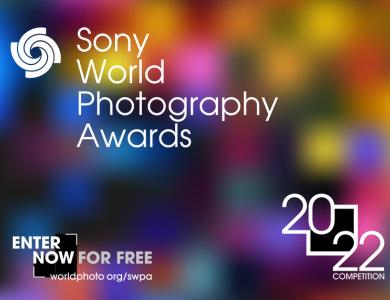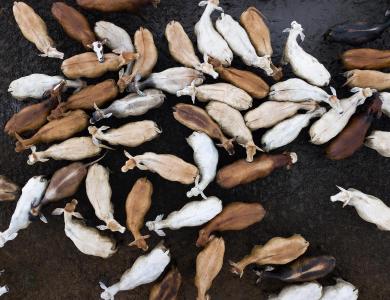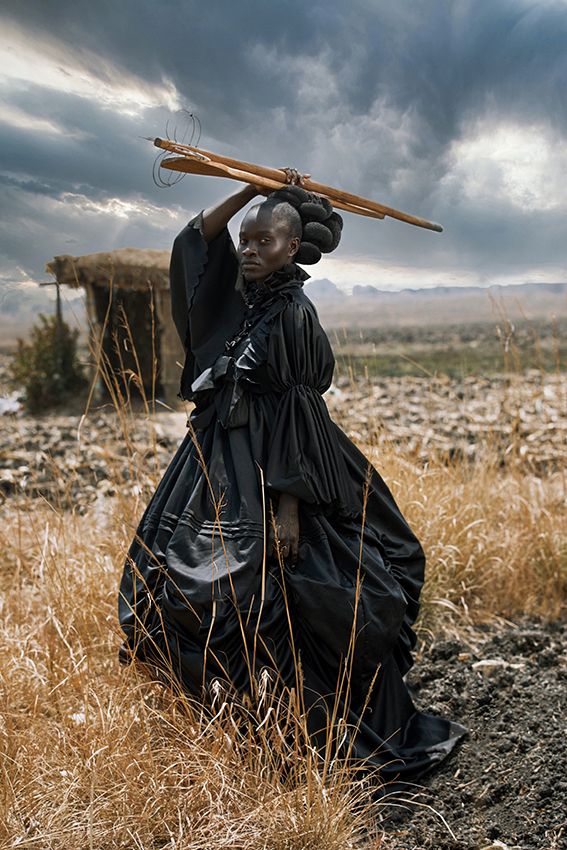
A huge well done on being awarded the Sony World Photography Awards 2021 Open Photographer of the Year title. Tell us, what does this prize mean to you?
Thank you! It’s an absolute honour. There’s a lot of hard work and time that is put into delivering these types of bodies of work and being recognised in this regard is great because it serves as inspiration to keep going on the road I’ve been heading down.
You seem to like to challenge the structures relating to photography that have been bound to the medium throughout its history. If this is the case, can you elaborate on thisa bit more, especially with your winning image African Victoria in mind?
In my work I aimed to offer different readings on the presence of the past, and the way it informs our perspectives on who we are today. Looking at it from this vantage point, I had to ask myself ‘where does perception start?’ Questioning my role and my responsibility as a photographer led me to challenge the perception-enhancing power of photography by highlighting narratives it missed along the way. With this in mind I conceived the idea to depict future facing images of black women while honouring the power of representation and the necessity of visibility.
Who or what are your influences?
I admire Madame CJ Walker because of her willingness to stamp her products with her own image – which was a bold move when conventional beauty standards ruled the day. I am also influenced by Zanele Muholi whose work challenges cultural memory through portraiture.
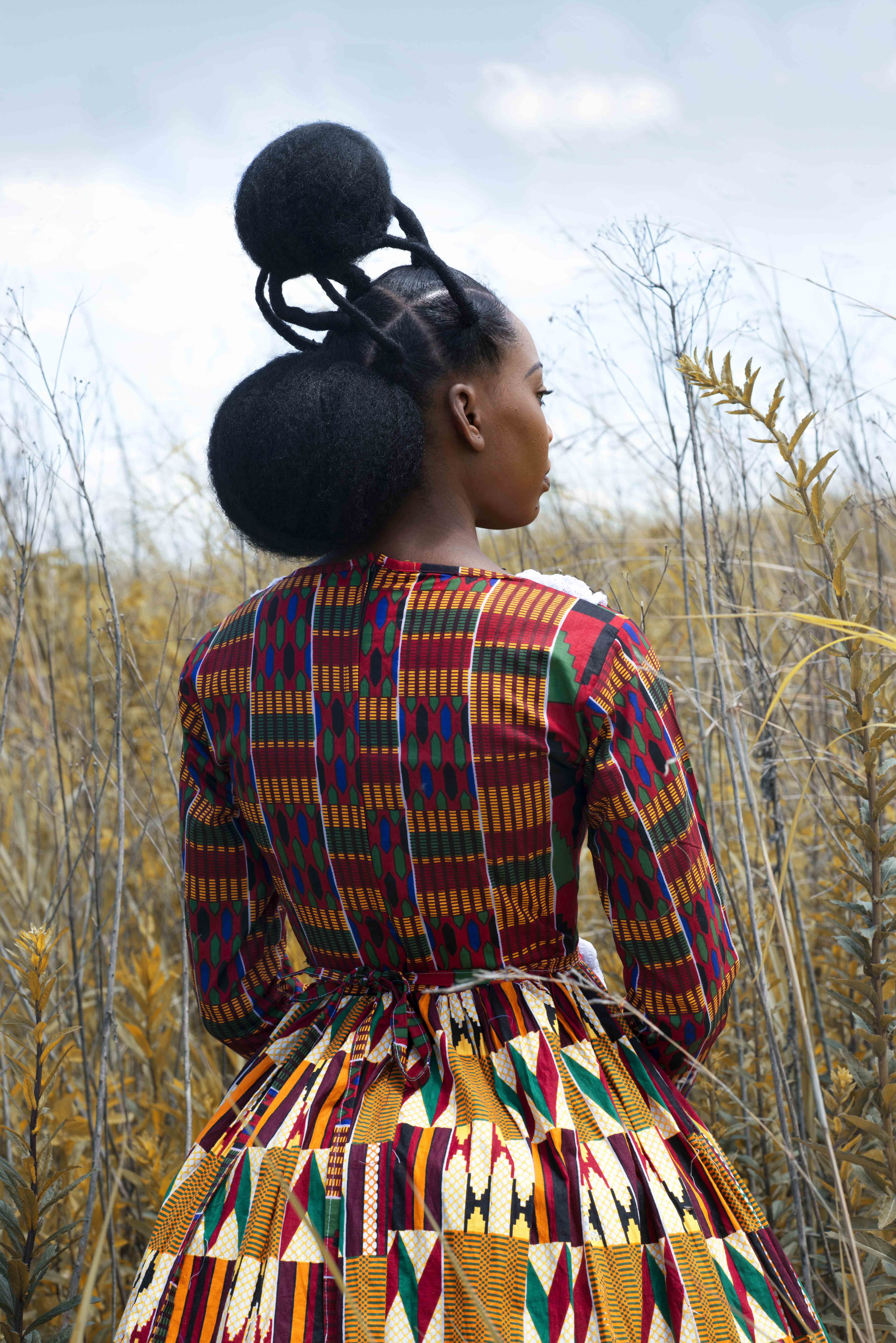
Why did you decide to enter the Open competition?
I entered this competition because I believe that themed contests can give you a clear sense of direction. I also aimed to push myself out of my comfort zone and use this as an opportunity to hone my skill in another area of photography.
What is the goal with your photographic practice and how do you think the Sony World Photography Awards can help you achieve that goal?
Winning the open competition has awarded me a photographic opportunity that is once in a lifetime. In my work I use my culture as a vehicle through which I foreground the personal, the self and the collective, and in turn highlight bodies that have been overlooked. As a result of exposure from the Sony competition, I am going to be able to interact with a wider audience who can engage with stories which would otherwise go unseen.
In the Year in Photos film you tell us you ‘reconfigured African dresses into Victorian gowns’ for African Victorian. Did you work with a fashion designer? Tell us how that collaboration came about and what you learned during that process.
I collaborated with my designer Angeline Dlamini. I knew it was crucial that I meet this project with enormous respect and willingness to learn all that I could about the process and history of dress-making across cultures. I also knew I wanted the approach to be collaborative. I put myself in charge of sourcing the satin fabric and creating sketches whilst my designer was tasked with sewing and putting the garment together. Each day she worked in cycles of six to eight hours to complete the dress within a week. During the process, she expressed particular nostalgia over recreating certain designs which all had specific names and meanings. We also discussed how these designs were not popular in my context and what it would mean to reintroduce this kind of attire as a local dress in Zimbabwe. During this process, I learnt that you can look inward for inspiration. The camaraderie and kinship that developed between us made for a dynamic duo.
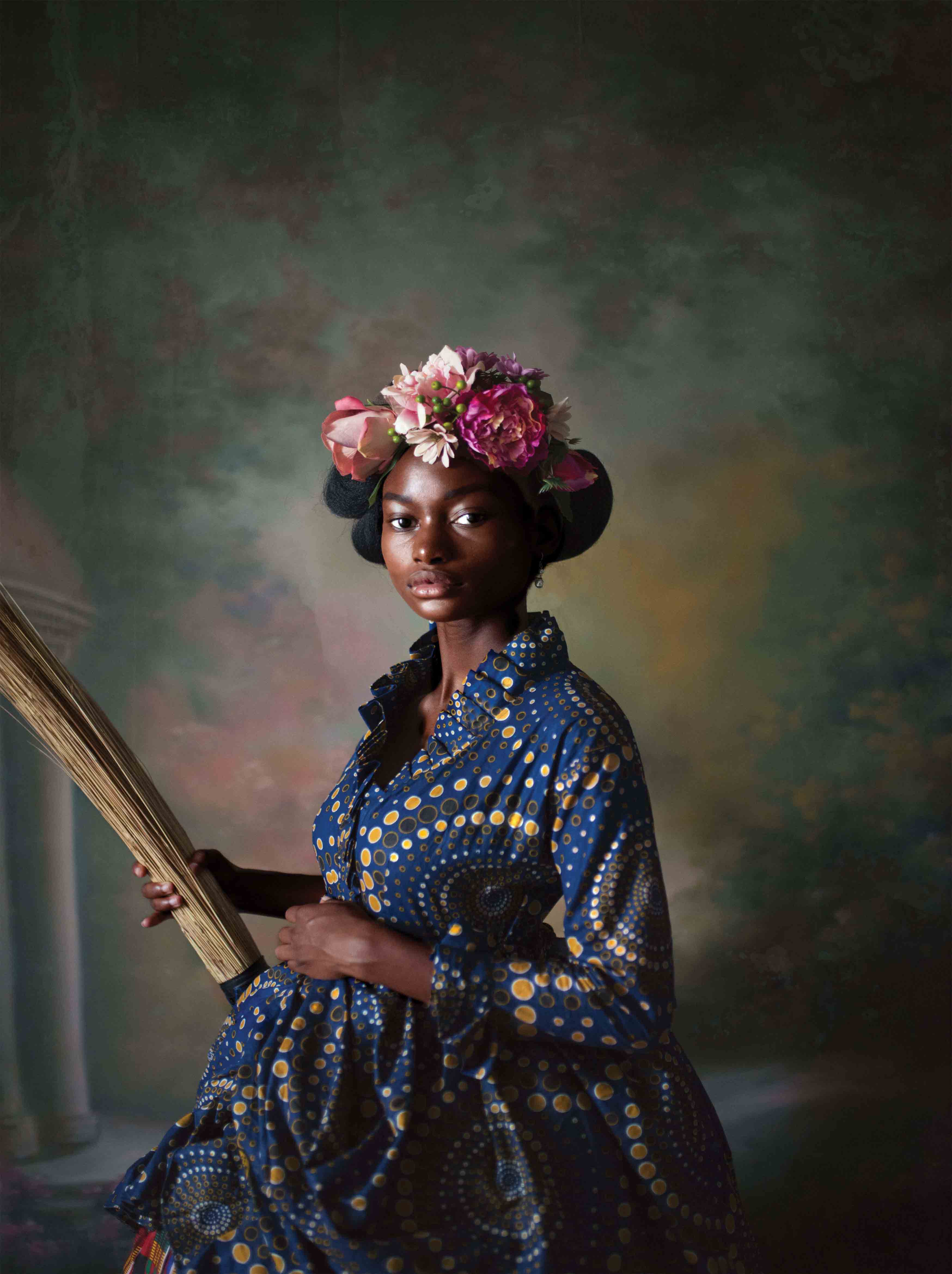
Have you discovered anything new about your photographic practice during this competition process?
Yes. Looking at how my photographic autobiography has been received has opened me up to new ways of looking not only as the author but an active viewer who also imparts meaning.
What do you hope the World Photography Organisation community will learn from seeing your work?
In my work, I am essentially bringing two different worlds together by meticulously mixing and matching visual components. I am hoping that the community will see beyond the two-sidedness of the world and focus on dualities coming together and informing each other to ignite an ethos of unity.
How do you think this Award will benefit your photographic career for the next year, and beyond?
Winning The Sony World Photography Award has already catapulted me into the international sphere so operating within these parameters, I believe that I am going to get gallery representation. Getting to this point in my career has been an evolutionary process and I have learnt so much from listening to the stories of others. Taking the time to learn about the other finalists allowed me to gain an appreciation for different collective experiences. I believe that there will be more collaborations and more opportunities to foster real connections with fellow creatives. Contests such as these are one platform where you can gain feedback and this knowledge will help me grow as a photographer and possibly inspire a few people along the way. This award is also going to continue to help grow my photography business. The ability to call yourself a prize-winning photographer can go a long way. I have come to realize that there are people waiting for you to pave the way and I have walked away with an even stronger mission to have a positive impact on my community.
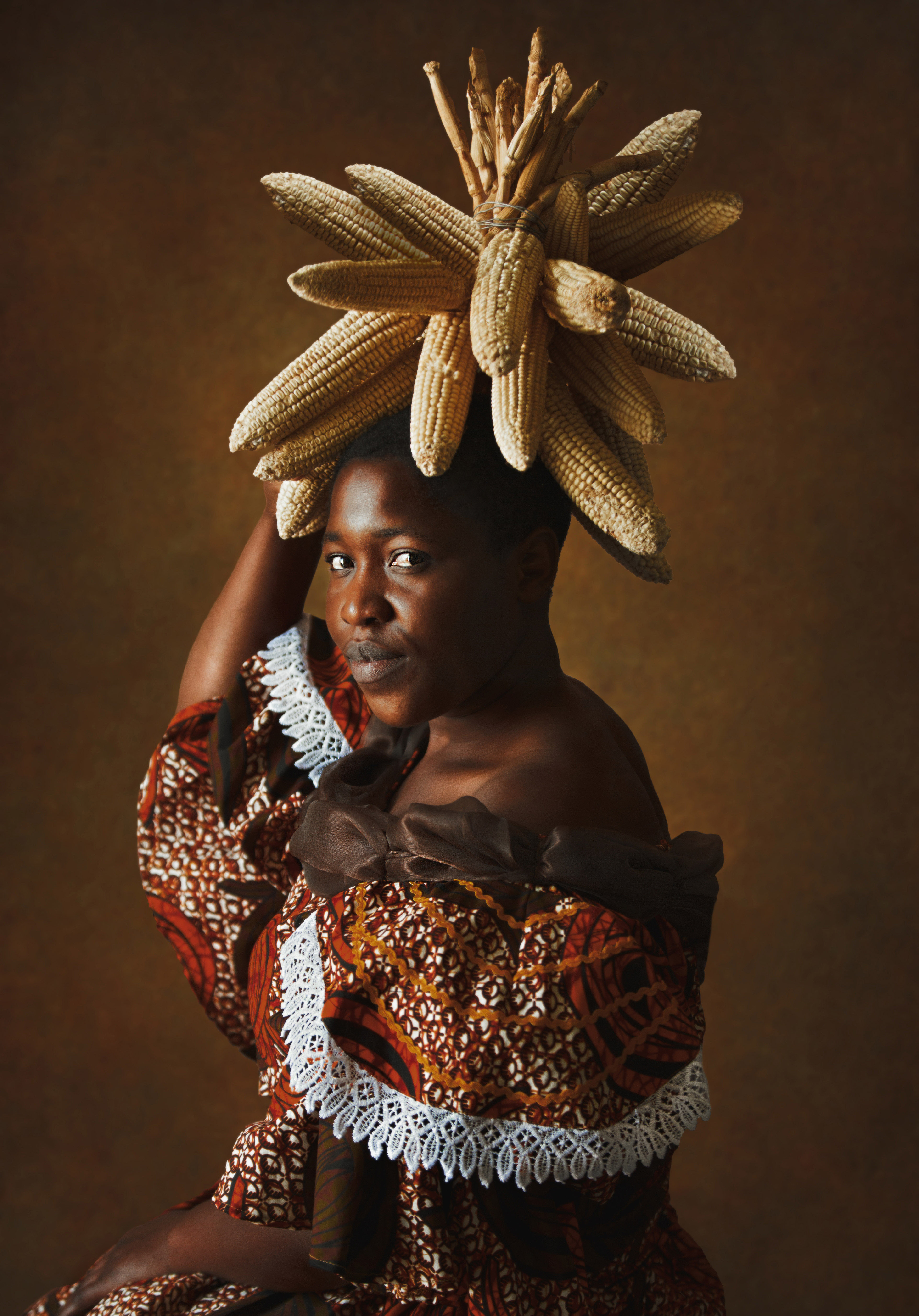
It’s been almost a month since receiving this award. Has anything particularly exciting for your career happened as a direct response to your win?
Absolutely! Since the announcement there has been plenty of media coverage and the most exciting one for me was being interviewed on BBC News which was a once in a lifetime opportunity. I am looking forward to seeing what else this award brings! Special thanks to The Sony World Photography Awards and The World Photography Organisation.


